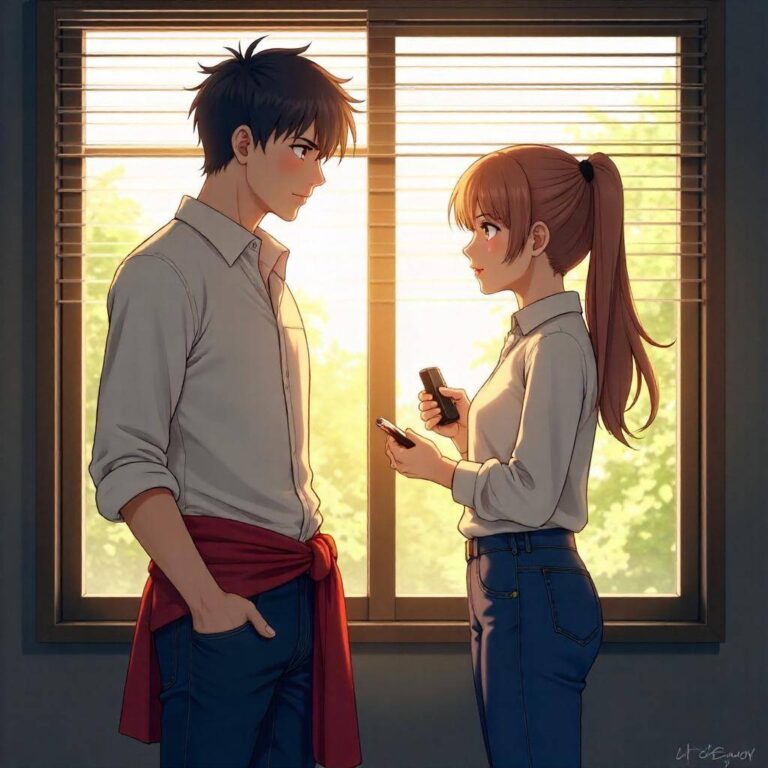Question from a reader:
I have a consultation regarding neighbor troubles. The person living next door is my childhood friend’s wife, but recently, she took pictures of my garden without permission. She said she liked it in front of everyone and tried to show it without my consent. She claims she didn’t show it, but while showing another photo, she testified
that my garden photo might have been seen. Is this a crime?
Neighbor Troubles: Considering the Legal Aspects of Unauthorized Photography
When people hear the term “neighbor troubles,” many might imagine an indescribable stress or troublesome situation. Especially when it involves an act of unauthorized behavior from someone as close as a childhood friend’s wife, the awkwardness is doubled. As I read through this consultation, I couldn’t help but empathize, having had a similar experience in the past. Now, the issue the consultant is facing is that “her garden was photographed without permission, and that photo was attempted to be shown to others.” Let’s analyze this situation legally.
Is Unauthorized Photography Illegal?
First, to consider whether unauthorized photography is illegal, it is necessary to understand the individual’s right to privacy. In Japanese law, the right to privacy is not explicitly stated, but acts that infringe on an individual’s private life or personal space are generally considered illegal. Specifically, provisions based on Article 709 of the Civil Code regarding torts and Article 130 of the Penal Code regarding “trespassing” can be considered. Since a garden is generally regarded as a private space, unauthorized photography is likely to be seen as an invasion of privacy. Furthermore, the neighbor’s act of “trying to show” the photo is also significant. Even if she did not actually show it, openly discussing information related to someone else’s privacy can be inappropriate and may lead to defamation or emotional distress.
The Importance of Evidence
Now, the issue the consultant is facing cannot do without evidence. If there is evidence that the neighbor took photos without permission, legal action can be taken based on that. For example, if there are photos or videos taken at the time of the incident, or if conversations were recorded, those could serve as decisive evidence. A friend of mine also had a dispute with a neighbor, and the evidence of unauthorized photography became the key factor in demanding an apology from the neighbor. The importance of evidence is absolute in the legal world.
Considering Legal Action
There are several options for legal action that the consultant can consider to resolve this issue. First, discussing it calmly is one approach. Given the relationship of being childhood friends, it might be worthwhile to have a calm discussion about the matter. However, if the other party shows no signs of remorse or becomes emotional, it may be necessary to consider legal proceedings. Specifically, the following methods can be considered: 1. Sending a letter of formal notice: This is a means to officially notify that unauthorized photography occurred and to warn about future actions. This may help the other party understand the legal risks involved. 2. Consulting a lawyer: It is advisable to seek legal advice and consider the possibility of filing a lawsuit if necessary. Lawyers possess specialized knowledge and can provide concrete advice. 3. Consulting the police: In some cases, it may be possible to consult the police and have the matter treated as stalking or trespassing. However, appropriate evidence is required for this.
Consideration for Emotional Aspects
When legal matters are involved, it is easy to lose one’s composure, but consideration for emotional aspects is also important. Especially considering the relationship of being childhood friends, it is preferable to avoid emotional conflicts. Even when pursuing legal solutions, it is crucial to approach the other party with a certain level of consideration. In my experience, when I proceeded with legal actions, I struggled with how to build a relationship with the other party. Ultimately, I believe that calmly conveying the facts and responding without being swayed by emotions was the most effective approach.
Conclusion
Neighbor troubles can be quite troublesome, and when emotions are involved, they can become even more complicated. The act of unauthorized photography can be legally problematic as an invasion of privacy. Securing evidence and initially having a calm discussion is one possible solution. If the problem remains unresolved, it may be necessary to consider legal action. I hope this issue is resolved and that the consultant’s mind becomes a little lighter. I feel that finding a balance between cherishing the relationship with neighbors and protecting legal rights is the most important thing.



